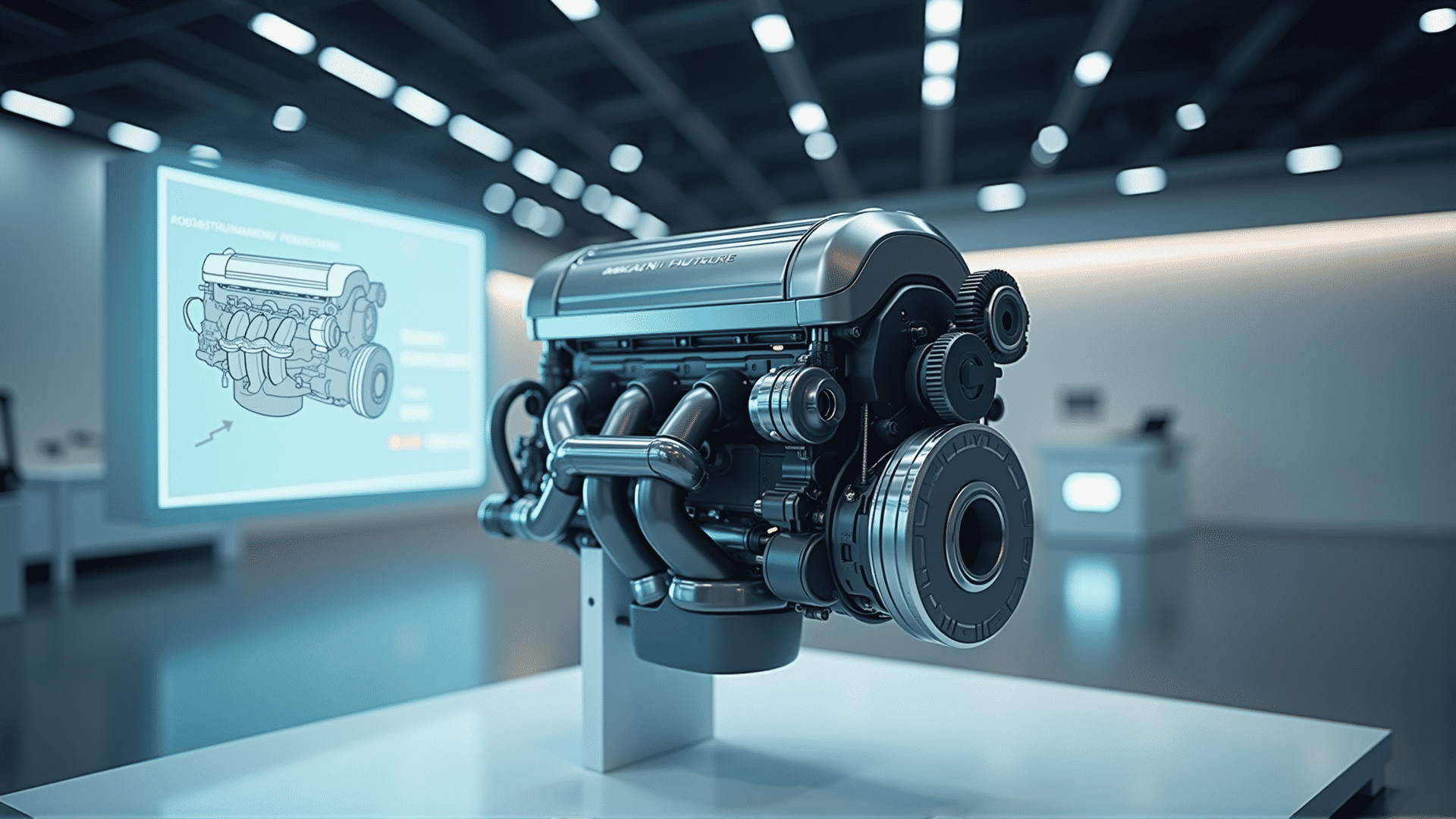Turbocharging has revolutionized the automotive industry, offering an exhilarating blend of power and efficiency that has captured the imagination of car enthusiasts worldwide. By understanding the mechanics of turbocharged engines, drivers can appreciate the significant performance enhancements these systems provide and gain insight into their growing popularity among manufacturers striving for a balance between power and environmentally-friendly efficiency.
At its core, a turbocharger is a forced induction system designed to increase an engine's efficiency and power output by forcing extra air into the combustion chamber. The more air that can be crammed into cylinders, the more fuel can be burned, leading to a higher power output from the same engine displacement. Essentially, a turbocharger allows a smaller engine to produce the power of a much larger one, making it a key player in the quest for performance without compromise.
The typical turbocharging process begins with exhaust gases exiting the engine cylinders, which are harnessed to drive a turbine. This turbine, in turn, drives a compressor located on the same shaft. As the compressor spins, it draws in air and compresses it before sending it into the cylinder for combustion. The compressed air is denser, containing more oxygen, which is essential for the efficient burning of fuel. This process not only boosts horsepower but also improves engine efficiency, achieving better fuel economy compared to a naturally aspirated engine of similar output.
However, turbocharging isn't without its challenges. One common issue is "turbo lag," a short delay between the moment a driver presses the accelerator and the time the turbocharger reaches optimal speed. This delay can be attributed to the time it takes for exhaust gases to spin the turbine and for the compressor to build up the necessary air pressure. Various technological innovations, such as twin-scroll turbochargers and variable geometry turbines, have been developed to mitigate this lag, thus enhancing the driving experience by providing a more immediate power response.
Another benefit of turbocharging is its impact on vehicle emissions. By improving combustion efficiency, turbocharged engines often produce fewer emissions per horsepower generated compared to naturally aspirated counterparts. This characteristic helps manufacturers meet stringent environmental regulations without sacrificing performance, making turbocharged engines an attractive choice in today's eco-conscious market.
Turbocharging has also paved the way for advancements in engine downsizing—a trend that focuses on creating smaller, lighter engines that deliver the same or greater power output. This shift not only reduces the vehicle's overall weight and thus improves handling but also contributes to lower fuel consumption and emissions. The versatility of turbocharging makes it a perfect solution for a wide range of vehicles, from high-performance sports cars to practical, fuel-efficient family cars.
In recent years, electric turbocharging has emerged as a cutting-edge development, offering even greater performance and efficiency improvements. By incorporating an electric motor to spin the compressor, electric turbochargers eliminate turbo lag entirely, providing instant throttle response and further enhancing the driving experience. As battery and motor technology continue to evolve, electric turbochargers could become a standard feature in many vehicles, providing an optimal blend of performance and efficiency.
In conclusion, turbocharging is much more than just a buzzword for the automotive industry. It represents a significant leap forward in engine technology, delivering powerful performance and greater fuel efficiency. For car enthusiasts, understanding the mechanics and benefits of turbocharged engines enhances their appreciation for the art and science behind modern automotive engineering. Whether on the racetrack or the open road, turbocharging continues to redefine what is possible in the realm of vehicle performance.
